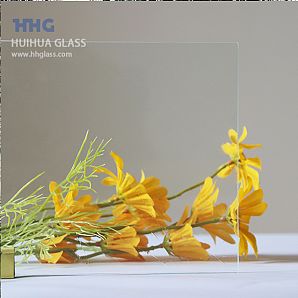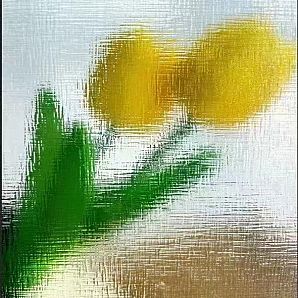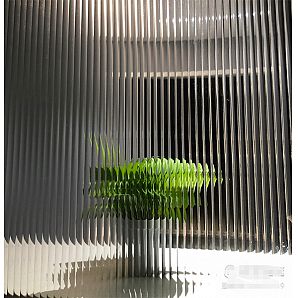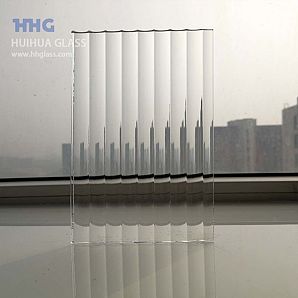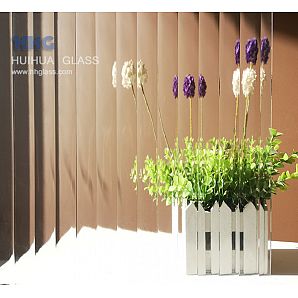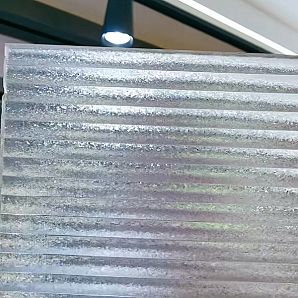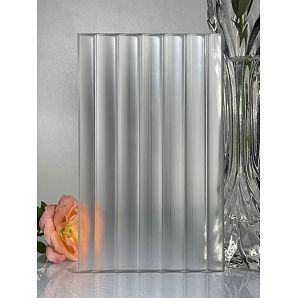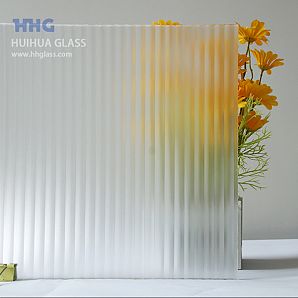How Glass is Used in Construction?

Glass is used in construction in a variety of ways, each serving different purposes to enhance the functionality, aesthetics, and efficiency of buildings. Here are the primary applications of glass in construction:
Structural Applications
Curtain Walls:
Design and Function: Curtain walls are designed to resist air and water infiltration, sway induced by wind and seismic forces, and their own weight. They are usually made from aluminum frames filled with glass panels.
Types: Stick systems (assembled on-site piece by piece) and unitized systems (pre-assembled in factories and installed on-site in units).
Advantages: Provide large areas of glass for maximum daylight, reduce building weight, and offer flexibility in design.
Glass Facades:
Integration: Often integrated with other building systems like ventilation and shading devices to enhance building performance.
Thermal Performance: Advanced coatings and double/triple glazing improve thermal insulation and energy efficiency.
Load-Bearing Glass:
Strength: Achieved through tempering or laminating processes. Laminated glass consists of layers with a plastic interlayer (usually PVB or SGP), which provides strength and safety.
Applications: Used in structural elements like floors, stairs, and columns where transparency and aesthetic are critical.
Functional Applications
Windows:
Glazing Options: Single, double, and triple glazing with options for low-E coatings, argon/krypton gas fills, and thermal breaks to improve insulation.
Operability: Fixed, casement, sliding, tilt and turn, and awning windows, each offering different benefits in terms of ventilation and ease of cleaning.
Doors:
Types: Sliding doors, French doors, bi-fold doors, and pivot doors. Each type provides different benefits for space-saving, aesthetics, and ease of use.
Security Features: Reinforced frames and multi-point locking systems enhance security.
Glass Roofs and Skylights:
Thermal and UV Protection: Often include coatings to block UV rays and reduce heat gain. Some may also have integrated shading systems.
Types: Fixed skylights, ventilated skylights, and tubular skylights designed for different functional and architectural needs.
Partitions and Walls:
Movable Partitions: Offer flexibility in office and commercial spaces, allowing for easy reconfiguration of interiors.
Acoustic Performance: Double-glazed partitions can significantly reduce noise transmission between spaces.
Decorative Applications
Glass Balustrades and Railings:
Types: Frameless, semi-frameless, and fully framed systems, often using tempered or laminated glass for safety and durability.
Applications: Used in balconies, staircases, terraces, and around pools for unobstructed views.
Glass Floors and Staircases:
Construction: Typically constructed using laminated glass with anti-slip coatings or textured surfaces to ensure safety.
Structural Support: Often supported by steel or aluminum frames to ensure stability and load-bearing capacity.
Types: Regular mirrors, one-way mirrors (used in security and observation), and decorative mirrors with etched designs or backlighting.
Specialty Applications
Composition: Made with special interlayers or gel layers that expand upon heating, providing a barrier to fire and smoke.
Ratings: Classified based on their ability to withstand fire for different durations (e.g., 30, 60, 90, or 120 minutes).
Security Glass:
Types: Laminated glass for impact resistance and bulletproof glass for high-security areas. Bulletproof glass is typically multi-layered with various thicknesses to withstand different levels of ballistic threats.
Acoustic Glass:
Composition: Often involves laminated glass with acoustic interlayers designed to reduce sound transmission.
Applications: Ideal for buildings near busy roads, airports, or industrial areas to improve interior acoustic comfort.
Technological Applications
Smart Glass:
Electrochromic Glass: Changes transparency with an electrical current, allowing dynamic control over light and heat.
Photochromic and Thermochromic Glass: Changes properties in response to light intensity or temperature, respectively.
Applications: Used in windows, skylights, and partitions to manage privacy and energy efficiency dynamically.
Low-E Coatings: Thin metallic coatings that reflect infrared light while allowing visible light to pass through, reducing heat gain without compromising natural light.
Reflective and Tinted Glass: Reduces glare and heat gain by reflecting or absorbing a portion of sunlight.
Photovoltaic Glass:
Integration: Solar cells are embedded within the glass, allowing buildings to generate electricity from sunlight.
Applications: Used in facades, skylights, and canopies to create energy-efficient buildings.
Installation Methods
Frameless Glazing:
Techniques: Often uses point-fixing systems where glass panels are held by bolts or spider fittings, providing a sleek and seamless look.
Applications: Ideal for storefronts, atriums, and glass facades where minimal visual obstruction is desired.
Framed Glazing:
Materials: Frames can be made from aluminum, steel, wood, or uPVC, each offering different aesthetic and performance characteristics.
Sealing and Insulation: Use of thermal breaks and weatherproof seals to enhance energy efficiency and weather resistance.
Structural Glazing:
Bonding: Glass panels are bonded to the structural frame using high-strength silicone sealants, allowing for large, uninterrupted glass surfaces.
Applications: Commonly used in high-rise buildings, airports, and commercial complexes for their modern and clean appearance.
Benefits in Construction
Natural Light: Enhanced daylighting reduces reliance on artificial lighting, improving occupant well-being and reducing energy costs.
Aesthetics: Glass provides a modern and sleek appearance, adding value and attractiveness to buildings.
Energy Efficiency: Advanced glass technologies improve insulation, reducing heating and cooling loads.
Flexibility: Glass can be customized in terms of size, shape, color, and finish to meet specific architectural requirements.
Environmental Benefits: Glass is recyclable and can be manufactured to meet sustainable building standards, contributing to LEED certifications and other green building programs.
In summary, glass is an incredibly versatile and essential material in modern construction, offering numerous applications that enhance both the functional and aesthetic qualities of buildings. From structural and functional uses to decorative and technological innovations, glass continues to play a pivotal role in contemporary architecture and building design.
HHG is a professional glass manufacturer and glass solution provider include range of tempered glass, laminated glass, textured glass and etched glass. With more 20 years development. There are two produce lines of pattern glass , two lines of float glass , and one line of restoration glass. our products 80% ship to overseas. All our glass products are strict quality control and carefully packed in strong wooden case. Ensure you receive the finest quality glass safety in time.
More Details: www.hhglass.com

